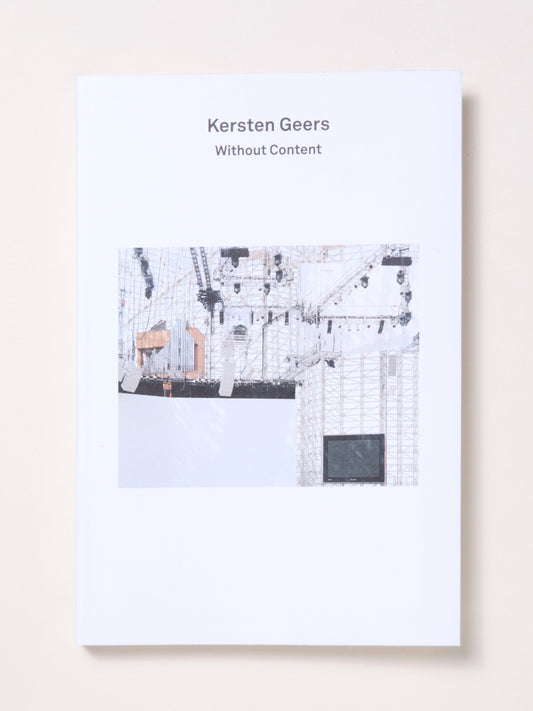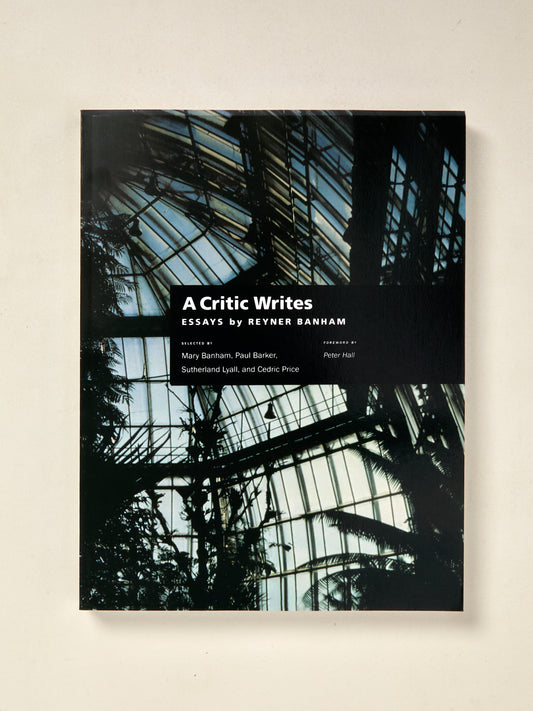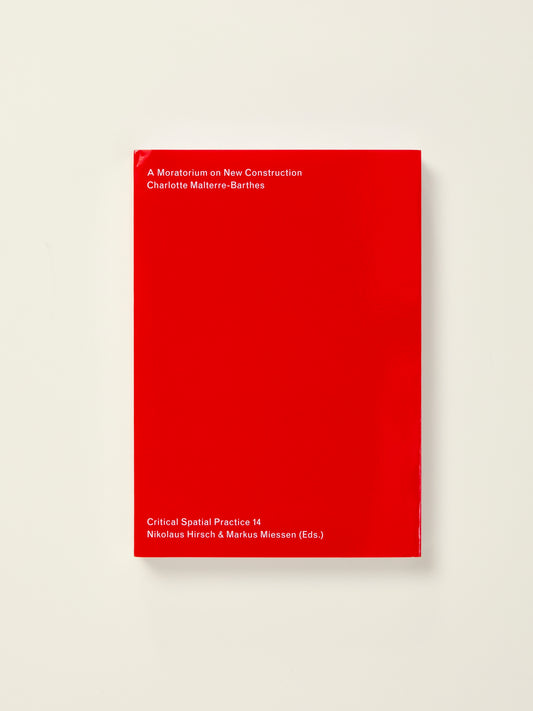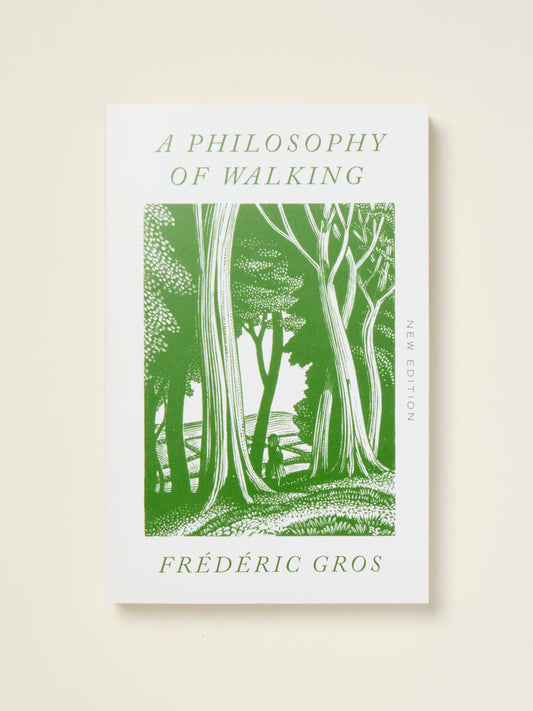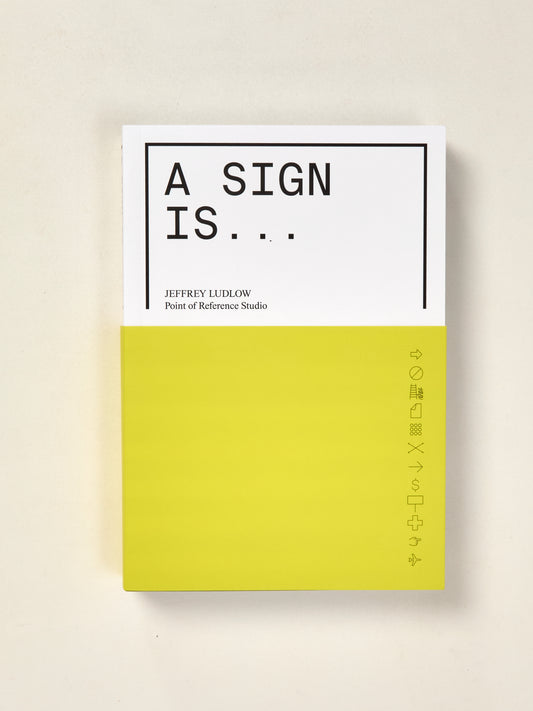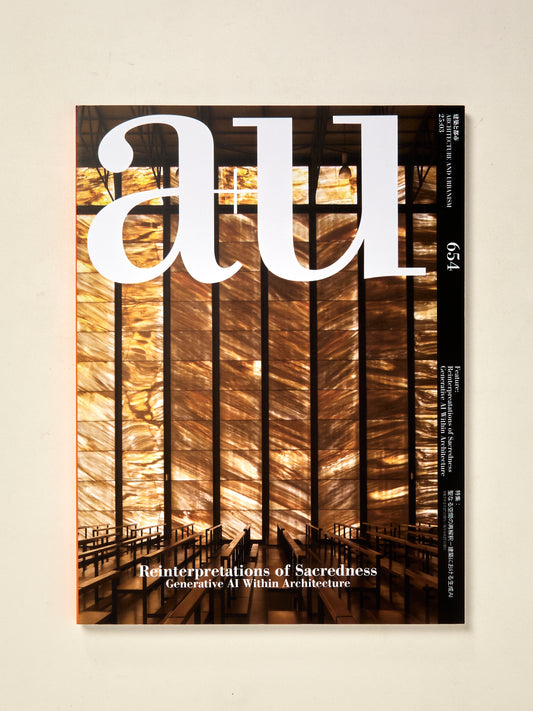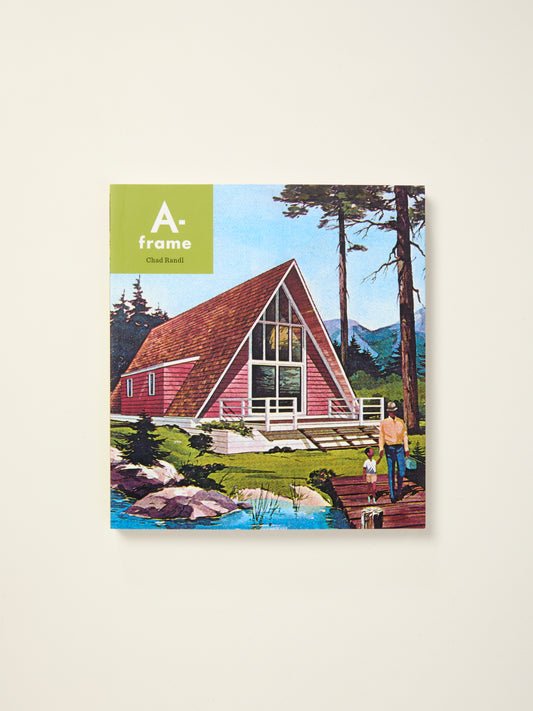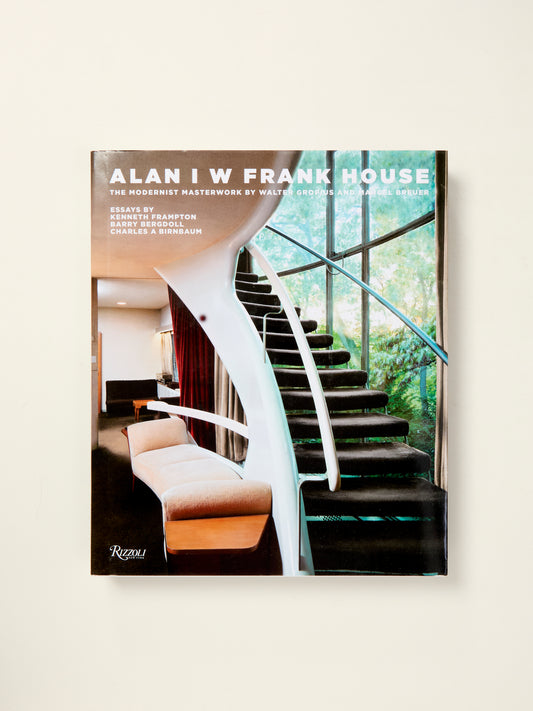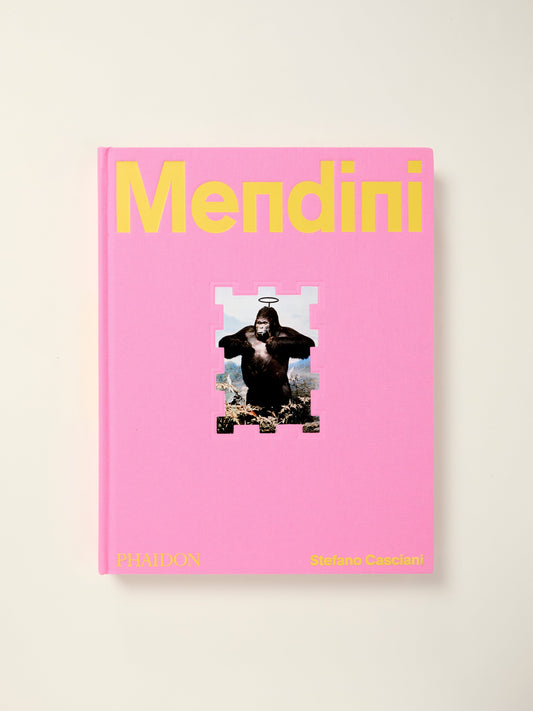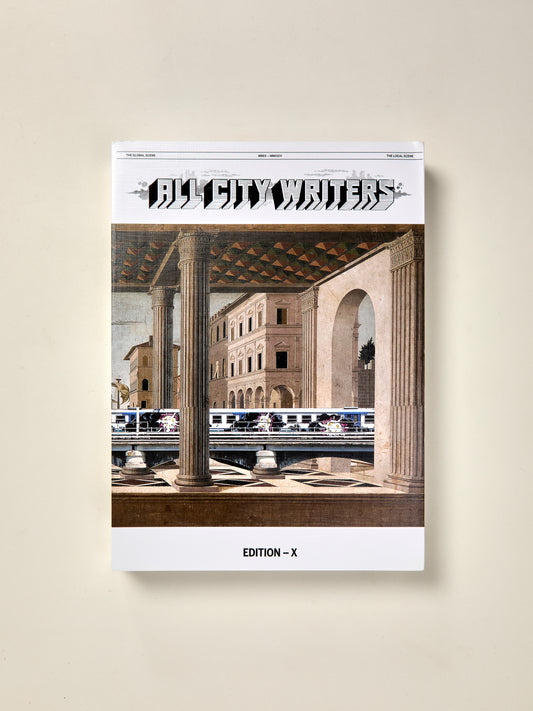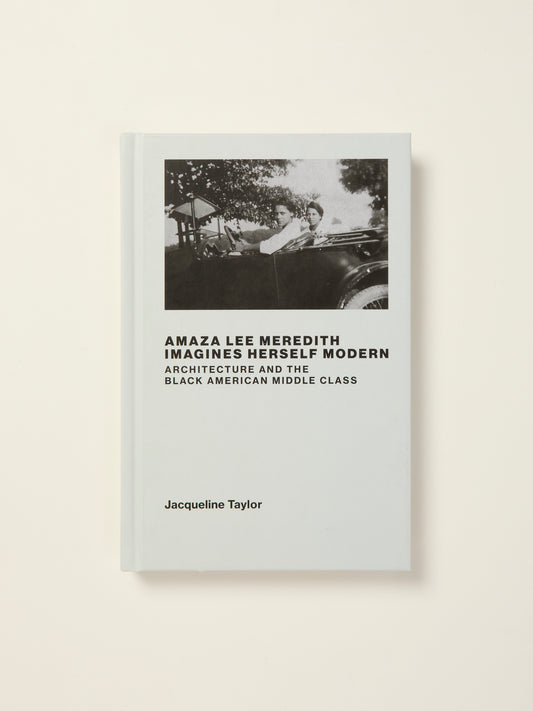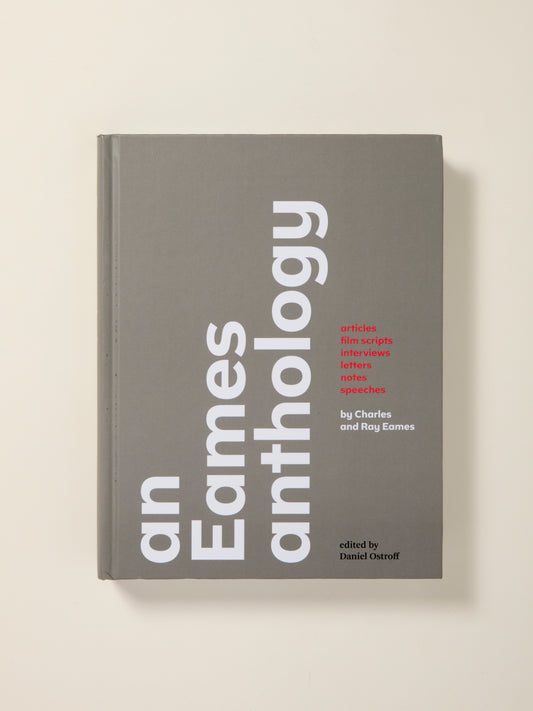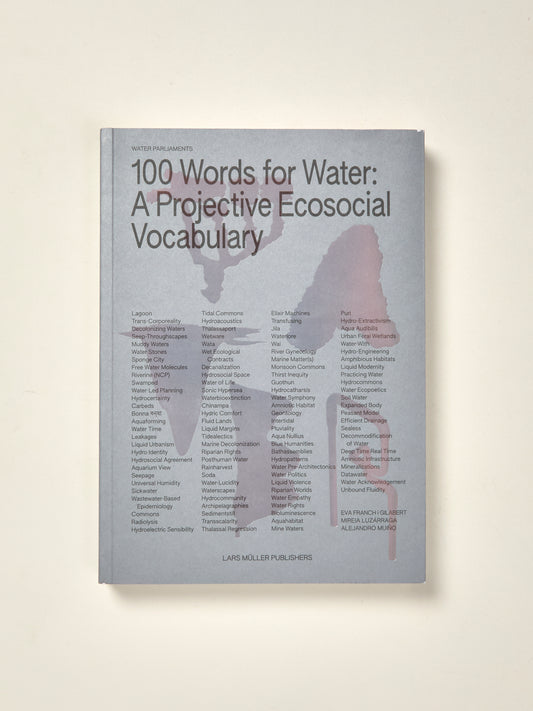
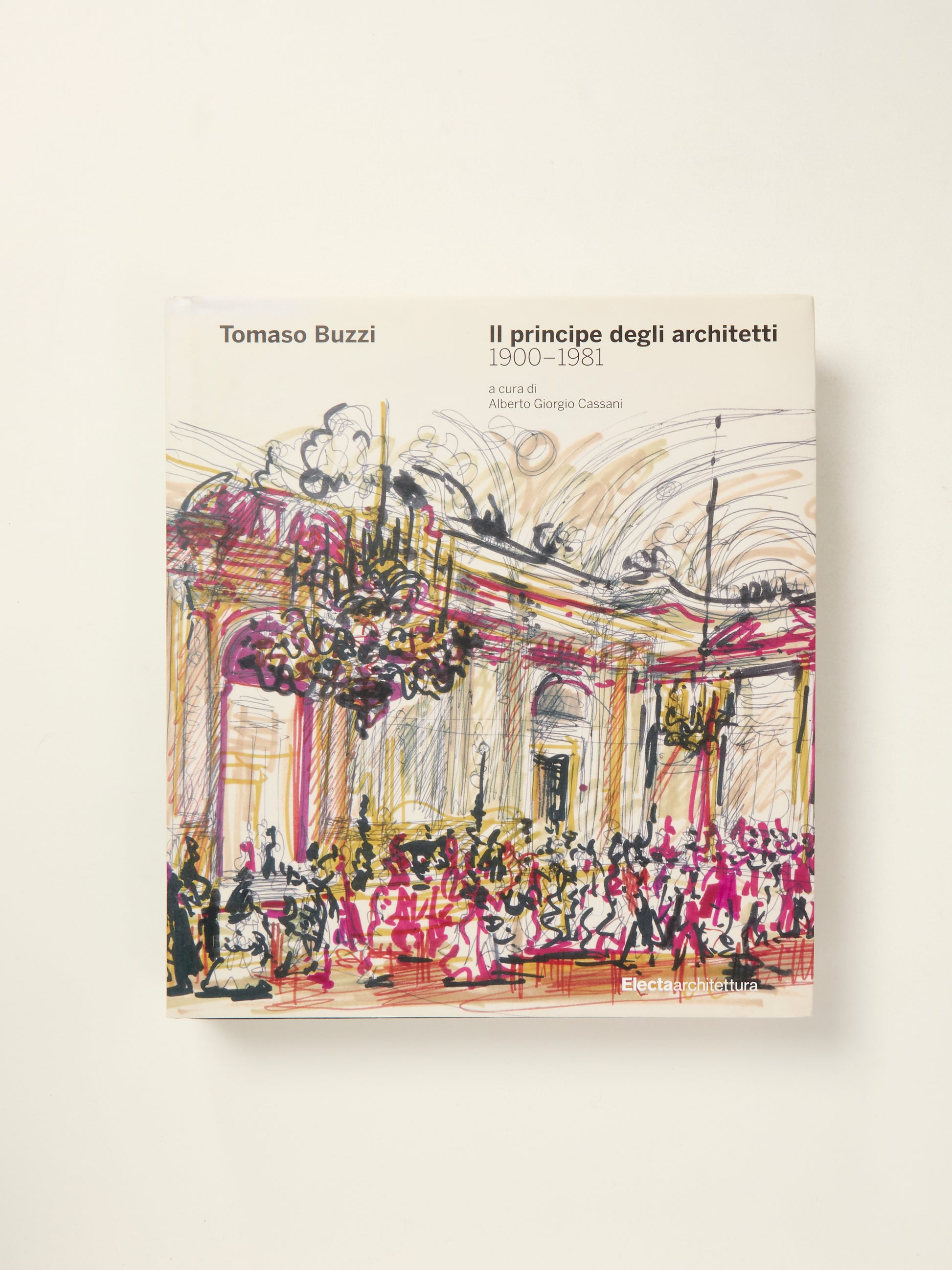
Tomaso Buzzi. Il principe degli architetti (1900-1981)
Tomaso Buzzi. Il principe degli architetti (1900-1981)
Tomaso Buzzi (Sondrio 1900 - Rapallo 1981) was a singular figure in the history of twentieth-century Italian architecture, gifted with an uncommon personality. After 1945 he became a master of taste working for the most famous families of Italian nobility and industry, from the Volpis to the Agnellis, from the Cinis to the Contini Bonacossis, interpreting their lifestyles and accompanying their social rituals. Snob, dandy, freemason, partisan, bibliophile, cultured, ironic and tormented guardian of bon-ton, Buzzi began his career by graduating in Milan in 1923, then coming into contact with the “Novecento milanese” group, which included, among others, Giò Ponti and Emilio Lancia. From 1931, when he worked for Villa Vittoria di Contini Bonacossi, he began his relationship with aristocratic clients that he would maintain throughout his career. The abandonment of modern themes, starting from the mid-1930s, and his opening towards elite clients determined the end of his relationship with the official architectural establishment and the beginning of his damnatio memoriae that has lasted almost to the present day.
- Filed in
- Architecture
- Monographs
- History & Theory
- Europe
